Madinah, also known as Medina, holds a pivotal place in Islamic history and tradition. Founded in the 6th century, the city is intrinsically linked to the life of Prophet Muhammad (PBUH). It became a sanctuary for the Prophet and his followers after their migration from Makkah in 622 CE, an event known as the Hijra, marking the beginning of the Islamic calendar. The city was originally called Yathrib before being renamed Madinah an-Nabi (the City of the Prophet) to honor its new role as the epicenter of the Muslim community.
During the Prophet’s time, Madinah was not only a spiritual hub but also a center of political and social development. The Prophet established the first mosque, Al-Masjid an-Nabawi, and laid down the foundations for the Islamic state. This period saw the revelation of significant portions of the Quran and the formulation of the Constitution of Madinah, a groundbreaking document that outlined the rights and responsibilities of the city’s diverse inhabitants.

The importance of Madinah extends beyond its historical and religious significance. Geographically, the city is located in the Hejaz region of western Saudi Arabia, surrounded by volcanic hills and fertile valleys. Its climate is harsh, characterized by scorching summers and mild winters, making water a precious resource. The scarcity of water sources posed significant challenges for its early inhabitants, further elevating the value of wells and other water supplies.
Madinah continues to be a focal point for millions of Muslims worldwide. Pilgrims visit the city to pray at Al-Masjid an-Nabawi, where the Prophet is buried. The city’s cultural and religious heritage remains deeply influential, reflecting its enduring significance in the Islamic world. Understanding the historical background of Madinah provides crucial context for appreciating the importance of water sources like the Well of Madinah, which have sustained its population through the ages.
The Discovery and Construction of the Well
The discovery of the Well of Madinah is enveloped in both legend and historical accounts, making it a subject of fascination for historians and locals alike. According to traditional narratives, the well was unearthed during the early days of Madinah as a crucial source of water for the burgeoning community. Various accounts attribute its discovery to either divine intervention or the efforts of significant figures in Islamic history. Among these figures, the most notable is the Prophet Muhammad himself, who is often credited with identifying the location of the well through divine guidance.
The construction of the Well of Madinah was an engineering marvel of its time, employing ancient techniques that were both ingenious and effective. Historical records suggest that the well was dug manually using basic tools like shovels and pickaxes. Laborers would have worked tirelessly, often facing extreme conditions, to reach the water table below. The process involved not just digging but also the reinforcement of the well walls with stones to prevent collapse and ensure a steady supply of clean water.
Throughout its history, the Well of Madinah has been praised for its reliable and abundant water supply. This vital resource significantly contributed to the social and economic development of Madinah, allowing it to flourish as a city. The well became more than just a water source; it evolved into a symbol of sustenance and resilience for the inhabitants. Its waters were used not only for drinking but also for irrigation, supporting agriculture and thereby the local economy.
The techniques and labor invested in constructing the Well of Madinah exemplify the ingenuity of ancient civilizations in overcoming environmental challenges. The well stands as a testament to the skill and determination of the people who built it, and it continues to be a point of historical and cultural significance in Saudi Arabia.
Religious and Cultural Significance
The Well of Madinah, known for its profound religious and cultural importance, holds a revered place in Islamic history. This well, situated in the heart of Saudi Arabia, has been a pivotal element in the lives of early Muslims. Its significance is often highlighted in Islamic texts, where it is associated with the era of the Prophet Muhammad, peace be upon him. According to historical accounts, the well served as a crucial source of water, providing sustenance to the inhabitants of Madinah during the formative years of the Islamic community.
Among the many traditions tied to the well, it is frequently mentioned in connection with the Prophet’s migration (Hijrah) from Mecca to Madinah. The well not only quenched the thirst of the early Muslims but also symbolized a divine blessing and a source of spiritual nourishment. Its water was perceived as pure and sacred, believed to have been blessed by the Prophet himself. This belief endures, making the well a site of pilgrimage for many who wish to experience its historical and spiritual essence.
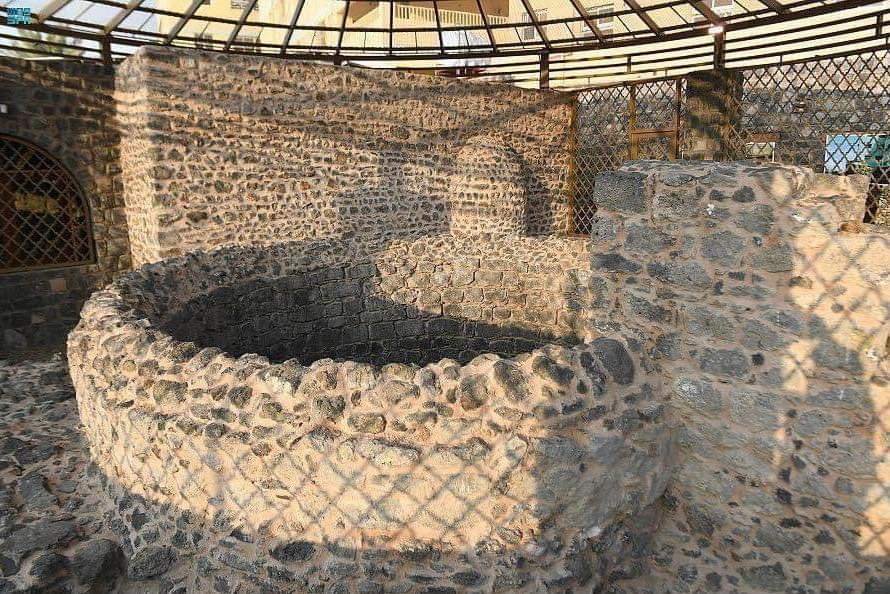
Rituals and traditions surrounding the Well of Madinah have been preserved through generations. Locals and pilgrims often engage in practices such as drawing water from the well, which is considered an act of piety and devotion. The well’s enduring presence in the cultural memory of the community underscores its significance beyond mere utility. It stands as a testament to the resilience and faith of the early Muslims, reflecting their reliance on divine provision during times of hardship.
Furthermore, the well has been a focal point for numerous historical events, including significant gatherings and religious discussions. Its role in the community has transcended its physical function, embedding itself deeply in the spiritual life of Madinah’s residents. As such, the Well of Madinah continues to be a symbol of faith, history, and cultural heritage, cherished by all who hold the early Islamic era in reverence.
The Well of Madinah, a site steeped in historical and religious significance, has not been immune to the passage of time. However, concerted efforts have been made to preserve this venerable landmark. Saudi authorities, in collaboration with historians and archaeologists, have undertaken extensive measures to maintain the well’s structural integrity and historical authenticity. These preservation initiatives include regular maintenance, archaeological surveys, and the establishment of protective barriers to prevent any potential damage.
Despite these efforts, preserving the Well of Madinah poses several challenges. The primary challenge lies in balancing modern development with the need to protect historical sites. Urban expansion and increasing tourist influx can exert pressure on such ancient structures. Additionally, the well’s location in a region with extreme climatic conditions necessitates ongoing efforts to mitigate environmental impacts.
Today, the Well of Madinah holds a multifaceted role in contemporary society. It serves as a focal point for tourism, attracting visitors who seek to connect with its rich history and spiritual significance. Guided tours and informational plaques provide educational value, offering insights into the well’s storied past and its role in the early days of Islam. For the devout, the well remains a place of pilgrimage and reflection, symbolizing faith and resilience.
Moreover, the well’s legacy extends beyond its physical presence. It stands as a testament to the ingenuity and perseverance of early Islamic communities. In modern times, it continues to inspire scholars, historians, and religious adherents, reflecting the enduring cultural heritage of Saudi Arabia. The Well of Madinah is not just a relic of the past but a living symbol of historical continuity and spiritual depth.
In conclusion, the preservation and modern-day relevance of the Well of Madinah underscore its ongoing importance. Through dedicated efforts to maintain its condition and promote its historical and educational value, the well remains a vital link to the past and a beacon for future generations.


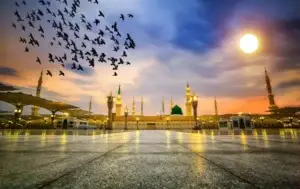
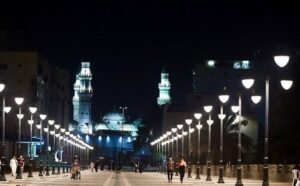


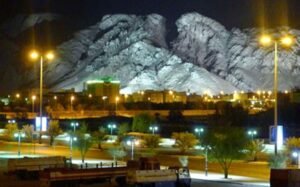



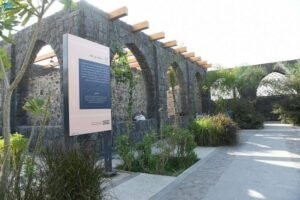





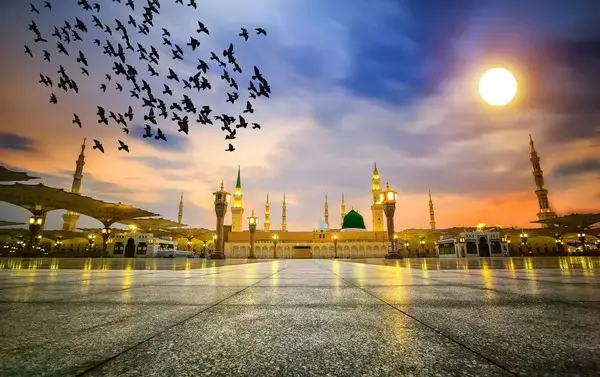



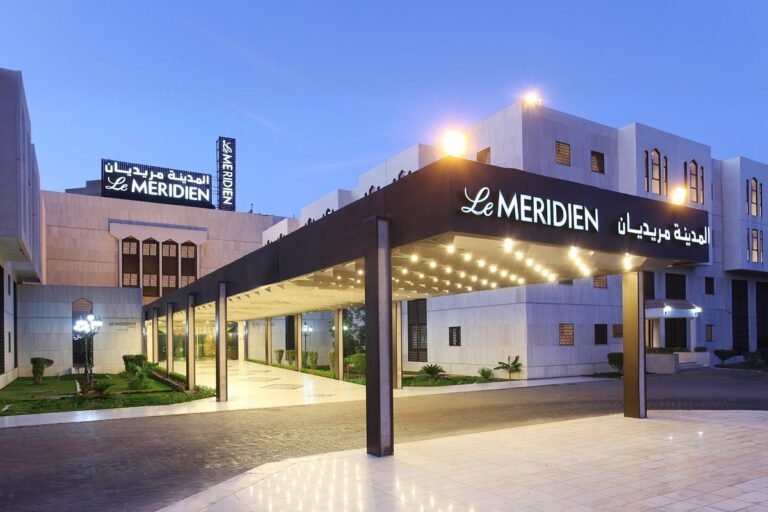
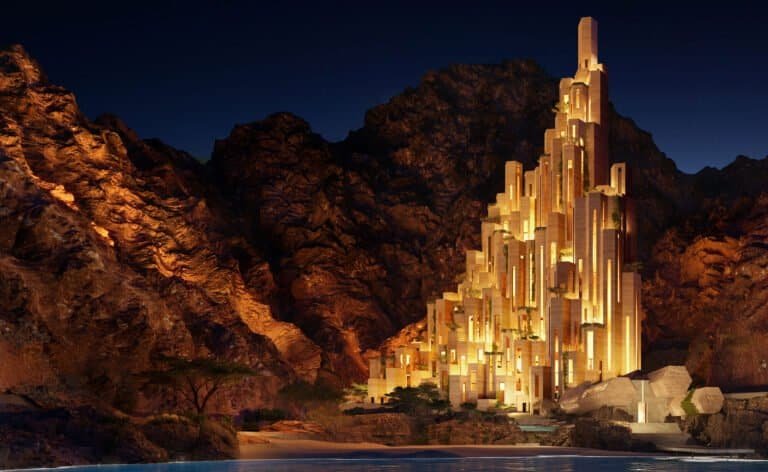


+ There are no comments
Add yours